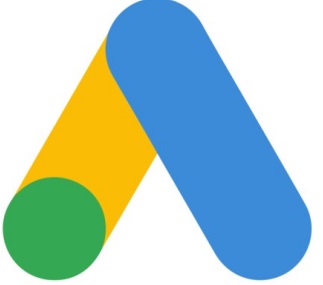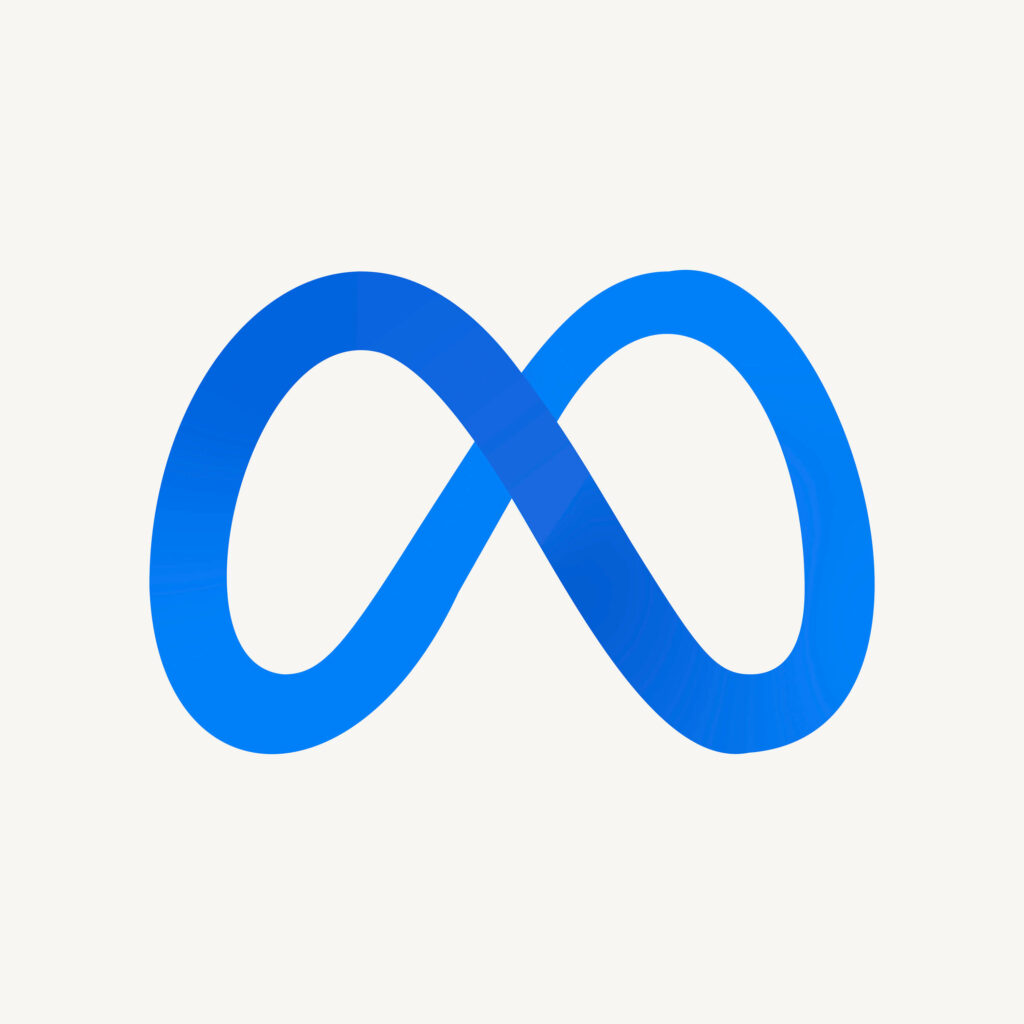In the ever-evolving realm of digital marketing, two heavyweights have emerged as the cornerstone platforms for advertisers: Google Ads and Facebook Ads. Each platform boasts a unique set of strengths, catering to different aspects of a comprehensive marketing strategy. In this showdown, we’ll put Google Ads against Facebook Ads to help you understand when and how to leverage each platform for maximum impact.
Audience Intent vs. Targeted Reach
Google Ads:

Google Ads thrives on capturing user intent. Advertisements are displayed to users actively searching for specific keywords related to your products or services. This intent-driven approach places your offerings right in front of potential customers at the moment they’re seeking solutions.
Facebook Ads:
Facebook Ads, on the other hand, focuses on precise audience targeting. Leveraging its immense user data, you can define your audience based on demographics, interests, behaviors, and more. This allows you to engage users who might not be actively searching for your offerings but are likely to be interested.
Ad Formats and Visual Appeal
Google Ads:
Google Ads offers a range of ad formats including text ads, display ads, video ads, shopping ads, and more. While these formats allow for customization, the visual impact might be limited compared to platforms like Facebook.
Facebook Ads:
Facebook’s strength lies in its visually engaging formats. You can showcase products through images, videos, slideshows, and carousel ads. This visual appeal captures users’ attention in the fast-scrolling social media landscape, driving higher engagement rates.
Intent to Conversion vs. Brand Engagement
Google Ads:
Google Ads excels in driving users with high purchase intent directly to your website or landing page. As users are actively searching for related terms, the chances of conversion are often higher. However, this might not be ideal for brand awareness campaigns.
Facebook Ads:
Facebook Ads are ideal for generating brand awareness and fostering engagement. Users might not be actively seeking your offerings, but well-crafted campaigns can intrigue them and lead to conversions over time. It’s a platform for building a brand story and nurturing relationships.
Keyword Precision vs. Behavioral Insights
Google Ads:
Google Ads rely heavily on keyword targeting. Your ads are triggered by specific keywords, ensuring relevance. This precision can be powerful for capturing users with a clear intent, but it might miss out on users not using those exact keywords.
Facebook Ads:

Facebook Ads’ audience targeting is based on user behaviors and interests. While it might lack the immediate precision of keywords, it provides a holistic view of users’ online behavior, allowing you to tap into potential customers you might not have considered.
Cost and Competition
Google Ads:
Keyword competition in Google Ads can drive up costs per click, especially for competitive industries. However, the high conversion potential justifies the investment for businesses with strong intent-based campaigns.
Facebook Ads:
Facebook Ads often come at a lower cost per click, but it might take more interactions to convert users. The advantage lies in the potential for building long-term relationships through engagement.
The Verdict: Harmony in Diversity
The decision between Google Ads and Facebook Ads isn’t about choosing one over the other. Instead, it’s about aligning your strategy with your goals. To maximize your digital marketing efforts, consider using Google Ads management to capture high-intent users and Facebook Ads management to build brand awareness and engagement. The synergy between these platforms can create a powerful marketing strategy that covers various stages of the customer journey.
In the end, the winner isn’t necessarily Google Ads or Facebook Ads – it’s the strategic marketer who understands when to wield each platform’s strengths to achieve their unique marketing objectives.
Get in touch with us and learn more about the different ways you can grow your business and expand your brand awareness!



